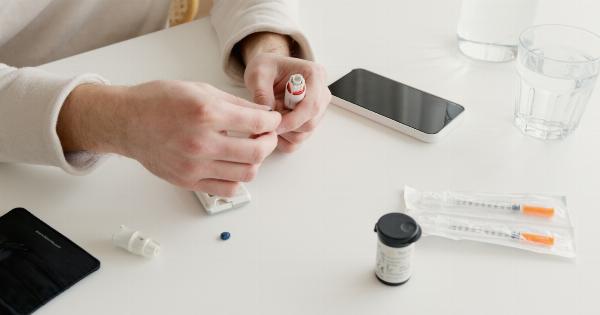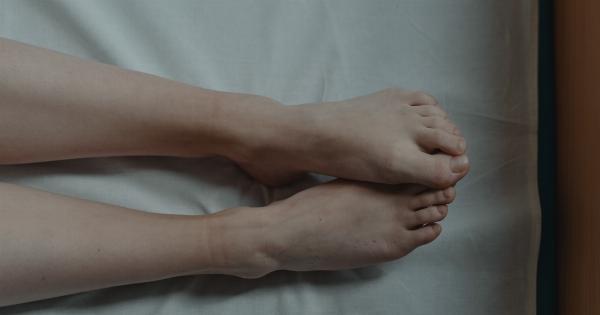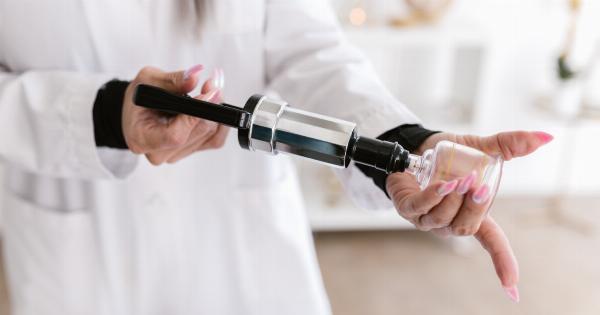Blood in urine, also known as hematuria, is a common problem faced by people of different age groups. If you see blood in your urine, then you should immediately consult a healthcare professional to identify the underlying cause.
While there can be several causes of blood in urine, flexible cystoscopy is one of the most effective methods of visualization that can help diagnose and treat a wide range of urinary tract issues.
What is Flexible Cystoscopy?
Flexible cystoscopy is a type of diagnostic procedure that involves inserting a flexible instrument called a cystoscope into the bladder through the urethra.
A cystoscope is a thin, flexible tube with a tiny lens and light that allows the healthcare professional to look inside the bladder. This instrument also has a channel to allow the healthcare professional to pass small instruments to the bladder to take samples for biopsy or remove small bladder lesions.
How Does Flexible Cystoscopy Help Detect Blood in the Urine?
Flexible cystoscopy is an effective visualization procedure that helps identify the cause of blood in the urine.
During the procedure, the healthcare professional uses a cystoscope to examine the bladder wall and other structures, such as the ureter and urethra. This allows the healthcare professional to check for abnormalities, such as inflammation, tumors, or ulcers, that may be causing the bleeding.
If any abnormalities are found, the healthcare professional may take tissue samples (biopsies) or remove small abnormalities or stones (which can cause bleeding) during the cystoscopy.
What to Expect During a Flexible Cystoscopy Procedure
The flexible cystoscopy procedure is usually completed on an outpatient basis and takes about thirty minutes.
Before the procedure, the healthcare professional will explain the procedure, its risks and benefits, and what to expect before, during, and after the procedure.
During the procedure, the patient will lie on their back, and the healthcare professional will insert the cystoscope into the bladder through the urethra to examine the bladder wall.
A local anesthetic jelly will be applied to the urethra before inserting the cystoscope to make the procedure more comfortable. The patient may feel some discomfort or pressure during the procedure, but this should not be painful. If necessary, the healthcare professional may also flush the bladder with sterile water to get a better view of the bladder wall.
After the procedure, the patient may experience some mild burning or discomfort while passing urine.
However, these symptoms are typically short-lived and can be managed with over-the-counter pain relievers or by applying a warm compress to the lower abdomen. In most cases, patients can return to their regular activities within a few hours after the procedure.
When to See a Healthcare Professional
If you see blood in your urine, you should immediately contact a healthcare professional to diagnose the underlying cause. Here are some signs and symptoms that may indicate a problem with your urinary tract:.
- Pain or burning sensation when passing urine
- Frequent urge to urinate
- Feeling like you need to urinate, but nothing comes out
- Pain in your lower abdomen or back
- Cloudy or foul-smelling urine
If you experience any of the above symptoms, you should contact your healthcare professional as soon as possible.
Conclusion
Blood in urine can be a worrying symptom, but flexible cystoscopy is an effective diagnostic method that can help diagnose and treat a wide range of urinary tract issues.
This procedure is relatively painless, and most patients can resume their regular activities within a few hours after the procedure. If you suspect that you have blood in your urine or are experiencing any urinary symptoms, contact your healthcare professional to book a flexible cystoscopy procedure.





























